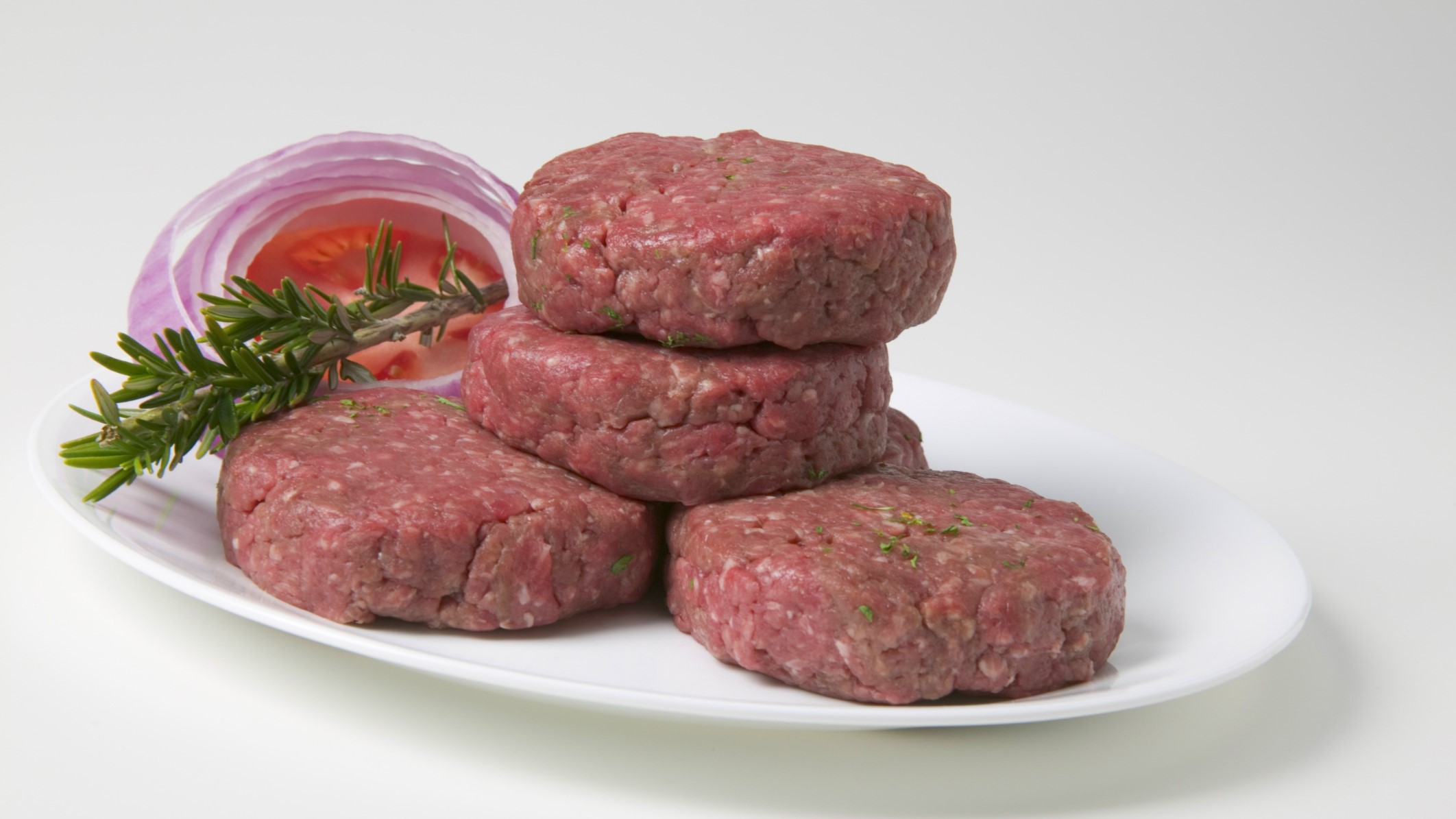At a glance
We did this study to describe restaurant ground beef practices that could lead to undercooking and to cross contamination of raw ground beef. Learn what restaurants and food safety programs can do to improve their practices.

Key takeaways
Restaurant management and food safety programs should work to reduce practices that could lead to undercooking and cross contamination of raw ground beef. Efforts should focus on policies and training about:
- Measuring the final temperature of ground beef using a thermometer or using standard cooking methods that always cook ground beef to 155°F
- Preventing cross contamination by proper hand washing and equipment cleaning
Cooking
The Food and Drug Administration (FDA) Food Code says that restaurants should cook ground beef to 155°F for 17 seconds. But CDC and the U.S. Department of Agriculture say that consumers should cook ground beef to 160°F. The guidance for consumers is different because it is simpler to meet one standard (temperature) than two (temperature and time). Cooking ground beef to 160°F kills E. coli germs rapidly.
If irradiated ground beefA becomes readily available, food safety programs may also wish to consider educating restaurant owners about it. The risk for foodborne illness from undercooking ground beef and from cross contamination with ground beef may be lower if restaurants use irradiated ground beef.
Why this is important
E. coli,B a germ often found in raw ground beef, causes many foodborne illnesses each year. Hamburgers made from ground beef are often the source of these germs. These germs can make people sick if burgers are undercooked (not cooked to a high enough temperature to kill the germs). These germs can also make people sick if they get into other food or onto other surfaces (cross contaminationC).
We don't know much about how restaurants prepare and cook ground beef for hamburgers. If we know more about these practices, we can improve them and lessen the number of foodborne illnesses.
What we learned
We found that many restaurants prepare and cook beef in ways that could lead to undercooking or cross contamination.
Cooking temperature
Eight in ten managers said their workers do not always take a final temperature of hamburgers with a thermometer.
Many managers said their workers always or often check if hamburgers are ready in ways other than using a thermometer. They check:
- The color of the hamburger
- How the hamburger looks
- How the hamburger feels
About one in ten hamburgers were undercooked (cooked to less than 155°F).
Cross contamination
In many restaurants, workers were seen preparing raw ground beef in a way that could lead to cross contamination. Workers:
- Did not wash their hands in between touching raw ground beef and touching other foods
- Used the same utensil on raw ground beef and other foods without washing in between
- Used the same utensil on raw ground beef and cooked ground beef (without washing in between)
- Wiped their hands on cloths/aprons after touching raw ground beef
In over half of restaurants, workers were seen doing two or more of these things that could lead to cross contamination.
Use of irradiated beef
At the time this study was done, irradiated beef was just beginning to become available to restaurants and grocery stores in some parts of the country.
- Only 2% of managers said their restaurants have used irradiated ground beef.
- About one in three managers said they do not know what irradiated ground beef is.
- Managers said they do not use irradiated ground beef because it isn't available, they didn't know it is available, or it costs too much.
More information
Journal article this plain language summary is based on
More practice summaries and investigation summaries in plain language
FDA Food Code
About this study
- Irradiated ground beef: Ground beef that has been treated to kill germs in the beef.
- E. coli: germ that causes foodborne illness.
- Cross contamination: Spread of germs from one surface or food to another by contact.
